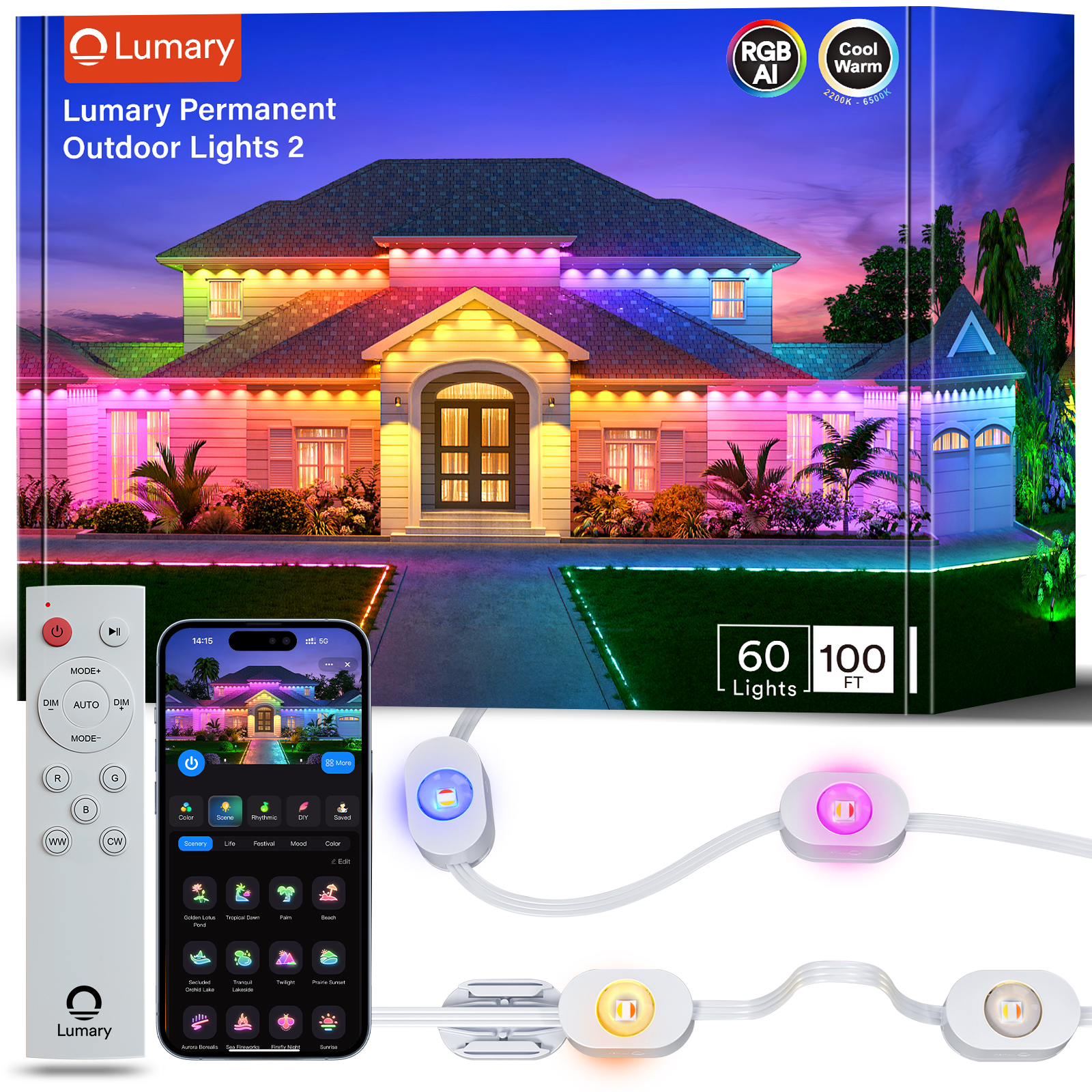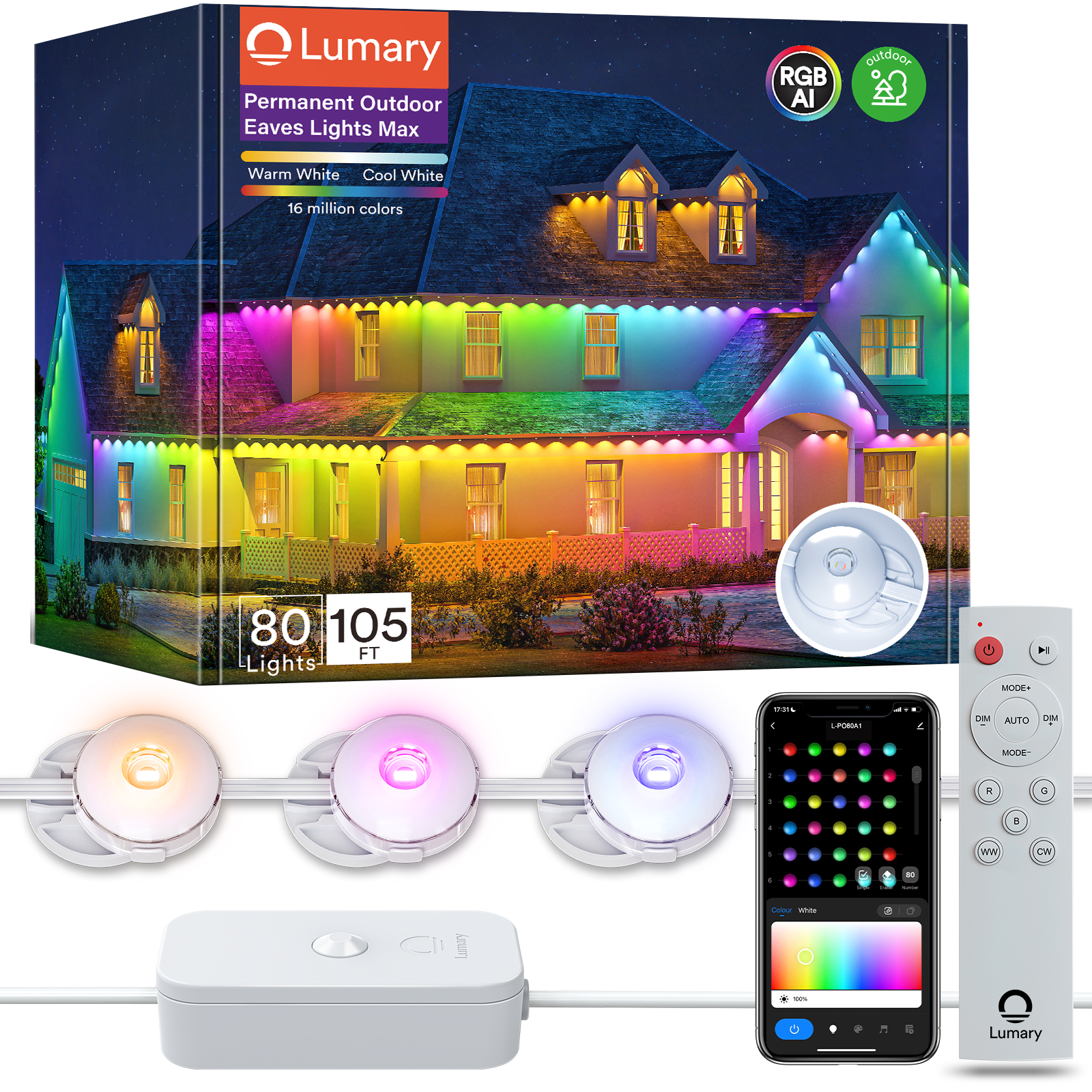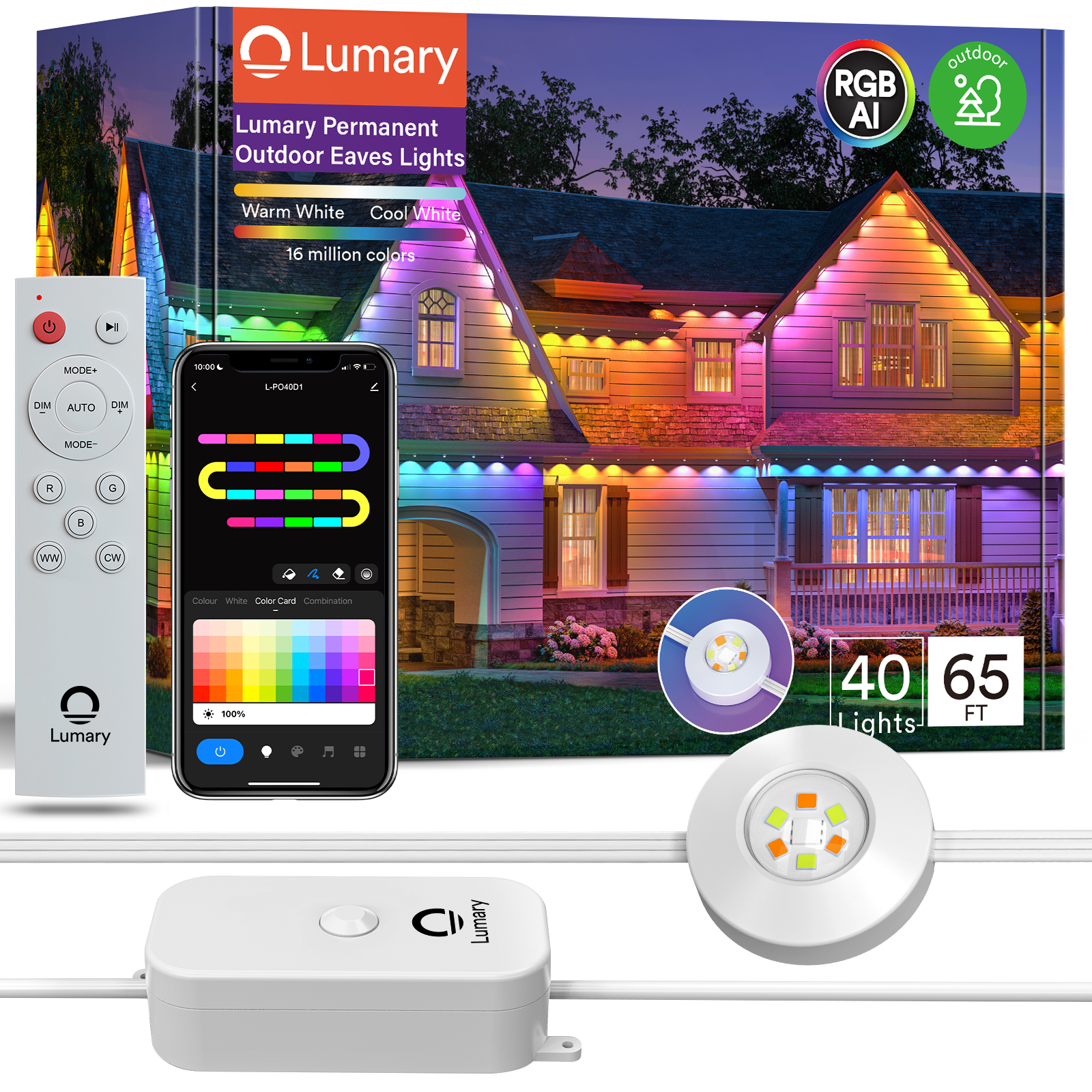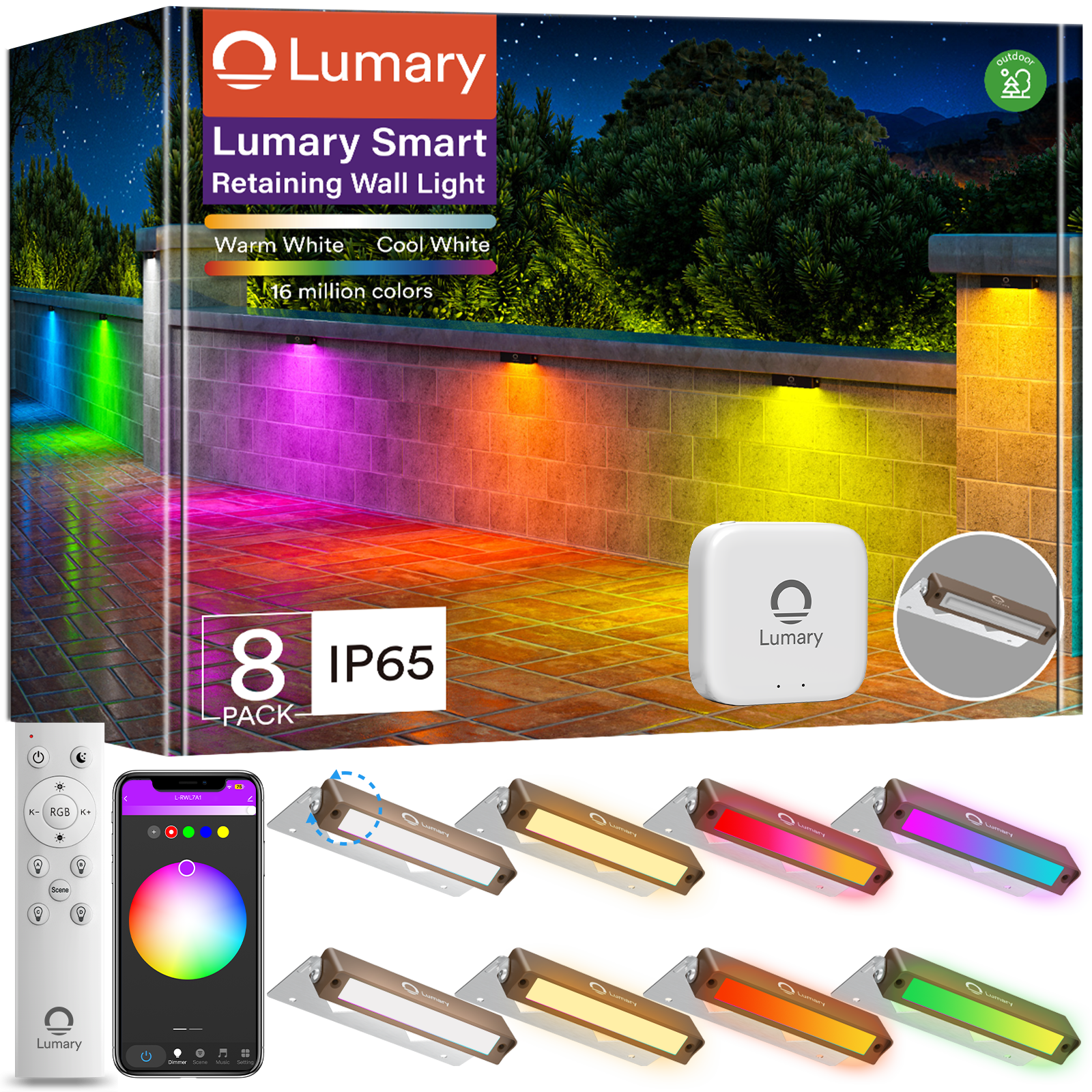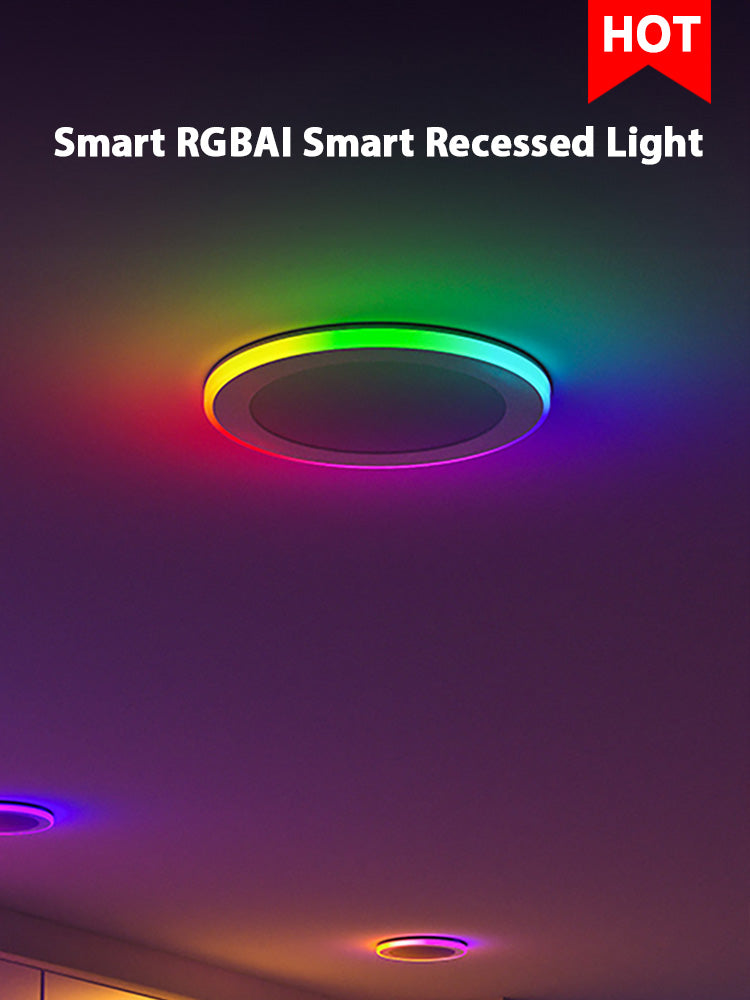Choosing the right lighting can transform your home. White LED light strips offer a versatile and energy-efficient solution for modern spaces. To make the best choice, you should consider several factors. Start by assessing your space and its purpose. Think about the brightness level you need, measured in lumens, and the length of the strip. Evaluate the color temperature to match your desired ambiance. Flexible LED strip lights are ideal for easy installation and can adapt to various layouts. A reliable strip lighting guide can help you plan and install them effectively, ensuring a seamless fit for your home.
Key Takeaways

-
Assess your space's needs by considering brightness levels in lumens to ensure adequate lighting for each room, such as brighter lights for kitchens and softer options for bedrooms.
-
Choose the right color temperature for your LED strips: warm white for cozy areas like living rooms and bedrooms, and cool white for functional spaces like kitchens and bathrooms.
-
Opt for high-density LED strips to achieve uniform lighting without visible gaps, enhancing both the functionality and aesthetics of your home.
-
Consider energy efficiency when selecting LED strips, as they consume up to 75% less energy than traditional bulbs, leading to lower electricity bills and a reduced carbon footprint.
-
Plan your installation carefully by measuring the area and choosing the right type of LED strip, whether adhesive-backed for easy setup or hardwired for a permanent solution.
Brightness Levels in White LED Light Strips
Understanding Lumens and Brightness
When choosing white LED strip lights, understanding lumens is essential. Lumens measure the total amount of visible light emitted by a source. Higher lumens mean brighter light. For example, a kitchen typically requires brighter lighting than a bedroom. This is because tasks like cooking need more visibility. You can use the following table to determine the recommended lumen levels for different spaces in your home:
|
Room Type |
Room Size (sq. ft.) |
General Lighting (fc) |
Required Lumens |
|---|---|---|---|
|
Kitchen |
192 |
40 |
7,680 |
|
Kitchen |
30 (countertops) |
70 |
2,100 |
|
Bathroom |
80 |
30 |
2,400 |
|
Bathroom |
10 (vanity) |
80 |
800 |
Use this guide to match the brightness of your LED strip lights to the specific needs of each room.
Choosing the Right Brightness for Different Spaces
The brightness of your LED strip lights should align with the purpose of the space. For living rooms, softer lighting creates a cozy atmosphere. Bedrooms benefit from dimmable options for relaxation. Kitchens and bathrooms, on the other hand, require brighter lighting for functionality. Consider adjustable LED strip lights if you want flexibility. These allow you to change the brightness based on the time of day or activity. This versatility ensures your lighting adapts to your lifestyle.
LED Density and Its Impact on Light Quality
The density of LEDs on a strip significantly affects the quality of light. High-density LED strip lights provide more uniform illumination. They reduce visible gaps and create a seamless glow. Low-density strips, however, may result in uneven lighting with noticeable hotspots. The table below highlights the differences:
|
LED Density |
Effect on Lighting |
|---|---|
|
High LED density |
More uniform lighting, less visible gaps |
|
Low LED density |
Less uniform lighting, visible gaps |
-
High LED density ensures brighter and smoother lighting.
-
Low LED density may work for decorative purposes but lacks uniformity.
When selecting LED strip lights, prioritize high-density options for areas requiring consistent lighting. This choice enhances both functionality and aesthetics in your home.
Selecting the Right Color Temperature
What Is Color Temperature in White LED Light Strips?
Color temperature plays a crucial role in determining the mood and functionality of your lighting. Measured in Kelvin (K) on the Kelvin scale, it reflects the hue of light emitted by a source. Lower Kelvin values, such as 2700K, produce a warm yellowish glow, while higher values, like 6500K, create a cool bluish light. This variation impacts how a space feels and functions. For instance, warm tones evoke relaxation, making them ideal for bedrooms, while cooler tones mimic daylight, enhancing focus in workspaces. Understanding this concept helps you choose the right LED strip lights to match your needs.
Warm White vs. Cool White: Which Works Best for Your Home?
Choosing between warm white and cool white LED strip lights depends on the purpose of your space. Warm white lights, typically ranging from 2700K to 3100K, create a cozy and inviting atmosphere. They work well in living rooms and bedrooms where comfort is a priority. On the other hand, cool white lights, with a range of 5000K to 6500K, offer bright and clear illumination. These are perfect for kitchens, bathrooms, and workspaces where visibility and energy are essential. Use the table below to understand the typical ranges:
|
Type of White |
Color Temperature (K) |
|---|---|
|
Warm White |
2700-3100 |
|
Neutral White |
3900-4200 |
|
Cool White |
5000-6500 |
By selecting the appropriate color temperature, you can enhance both the mood and functionality of your home.
Adjustable Color Temperature Options for Versatility
Adjustable color temperature LED strip lights provide unmatched flexibility. These lights let you switch between warm and cool tones, allowing you to create the perfect ambiance for any occasion. For example, you can use warmer hues to relax in the evening and cooler tones to stay alert during work hours. This versatility also helps optimize energy use, reducing electricity bills. Adjustable options are especially beneficial for multipurpose spaces, as they adapt to your changing needs. Whether you want a cozy atmosphere or a productive environment, these LED strip lights offer the ideal solution.
Tip: Adjustable color temperature lights not only enhance your home's aesthetics but also positively impact your mood and productivity.
Energy Efficiency and Durability
Why Energy Efficiency Matters in LED Light Strips
Energy efficiency is one of the biggest advantages of LED strip lights. Compared to traditional incandescent bulbs, LED lights consume up to 75% less energy while delivering the same brightness. Incandescent bulbs waste over 90% of their energy as heat, whereas LEDs use electroluminescence to produce light efficiently. This means you save energy and reduce your electricity bills without compromising on quality lighting.
Here’s a quick comparison of energy consumption:
|
Lighting Type |
Power Consumption (watts per hour) |
Total Consumption (watt-hours for 10 hours) |
|---|---|---|
|
Incandescent Bulb |
60 |
600 |
|
LED Strip (equivalent) |
9-12 |
90-120 |
Switching to LED strip lights not only saves energy but also benefits the environment by reducing your carbon footprint. Their energy efficiency, combined with their long lifespan, makes them a sustainable choice for your home.
Evaluating LED Lifespan and Maintenance Needs

LED strip lights are designed to last significantly longer than traditional lighting options. While incandescent bulbs typically last around 1,000 hours and fluorescent tubes up to 10,000 hours, high-quality LED strips can operate for 50,000 to 100,000 hours. This extended lifespan means fewer replacements, saving you time and money on maintenance.
|
Lighting Type |
Average Lifespan (hours) |
|---|---|
|
Heavy Duty LED Lights |
50,000 – 100,000 |
|
Incandescent Bulbs |
1,000 |
|
Fluorescent Tubes |
10,000 |
|
HID Lamps |
15,000 – 25,000 |
By choosing durable LED strip lights, you reduce waste and enjoy reliable lighting for years.
Waterproof and Weather-Resistant Options for Outdoor Use
For outdoor settings, waterproof LED strip lights offer excellent durability. These lights are designed to withstand harsh weather conditions, including rain, snow, and extreme temperatures. Look for options with an IP67 rating or higher for maximum protection. Common outdoor applications include garden lighting, deck lighting, and swimming pool illumination. You can also use them for balcony railings, roof soffits, or even outdoor kitchen edges.
Waterproof LED strip lights ensure your outdoor spaces remain well-lit and stylish, no matter the weather. Their durability and versatility make them a practical choice for enhancing your home’s exterior.
Installation and Compatibility
Types of White LED Light Strips
Adhesive Backing for Easy Installation
Adhesive backing simplifies the strip light installation process. You only need to peel off the protective film and stick the LED strip lights onto a clean, dry surface. This method works well for smooth areas like walls, ceilings, or fences. It eliminates the need for additional tools, saving you time and effort. Adhesive-backed strips are ideal for renters or anyone looking for a non-invasive installation option.
Plug-and-Play vs. Hardwired Options
Plug-and-play LED strip lights are perfect for quick and hassle-free setups. These strips come with pre-attached connectors and power supplies, allowing you to start using them immediately. They are great for temporary installations or DIY projects. Hardwired options, on the other hand, offer a more permanent solution. These require professional installation but provide a cleaner look with hidden wires. Choose the option that best suits your needs and the complexity of your project.
|
Series Name |
Type |
Features |
|---|---|---|
|
Honey Suckle |
Ultra-thin LED strip |
5mm wide, 180 LEDs/m, suitable for confined spaces. |
|
Sunrise Series |
Tunable white (CCT) |
Dual-white, adjustable color temperature (2700K-6000K), ideal for human-centric lighting. |
|
Protea Series |
Ultra-Warm White |
High CRI (1900K and 2400K), configurations of 30, 60, and 120 LEDs/m, perfect for indoor use. |
|
Baltic Ivy Series |
Bendable LED strip |
Flexible design for tight bends, available in various color temperatures. |
|
Flaming Grass Series |
Narrow rigid LED strip |
Cuttable every 28mm, 4mm wide, used in edge-lit applications. |
|
Magnolia Series |
High Output LED Strip |
High output suitable for various applications. |
Measuring and Planning for Installation
Proper planning ensures a smooth strip light installation. Start by measuring the area where you plan to install the LED strip lights. Use a tape measure to determine the exact length required. This step prevents issues like inaccurate cuts or insufficient coverage. Next, clean the surface to ensure the adhesive backing sticks securely. If you need to cut the strip, use the designated cut points to avoid damaging the LEDs. For larger projects, consider using solderless connectors to join multiple strips seamlessly.
Tip: Always check the power source and voltage compatibility before installation to avoid electrical issues.
Smart Home Compatibility and Control Options
Smart home systems enhance the functionality of LED strip lights. Many modern strips integrate with platforms like Google Home and Alexa, allowing you to control them using voice commands. Look for features like brightness adjustment, scene creation, and geofencing capabilities. These options let you automate your lighting based on your schedule or location. High-quality strips also include flicker-free technology and strong adhesion for a reliable setup.
The Leona™ Smart Home System offers seamless integration with LED strip lights. It connects with smart speakers and other devices, enabling you to create a fully automated lighting experience. Whether you want to dim the lights for a movie night or brighten them for a party, smart home compatibility makes it effortless.
Balancing Cost and Quality
How to Determine Your Budget for White LED Light Strips
Setting a budget for LED strip lights starts with understanding your needs. Consider the size of the area you want to illuminate and the features you require. For smaller spaces or decorative purposes, basic LED strips can be affordable and effective. However, larger areas or functional lighting may demand higher-quality options with advanced features. Spending a little more upfront often saves money in the long run, as durable lights reduce replacement costs. Outdoor lighting, for example, benefits from weather-resistant strips that withstand rain and extreme temperatures. These may cost more initially but offer better value over time.
Features That Justify a Higher Price Tag
Some features make higher-priced LED strip lights worth the investment. Look for options that enhance durability, functionality, and convenience. Key features include:
-
Weather Resistance: Essential for outdoor use, protecting against rain, wind, and temperature changes.
-
Brightness: Adjustable brightness levels, including dimmable settings, allow you to customize lighting for safety or ambiance.
-
Smart Features: App compatibility, remote controls, and automation options make controlling your lights effortless.
These features not only improve performance but also extend the lifespan of your lights, making them a cost-effective choice.
Tips for Finding Reliable Brands and Products
Choosing a reliable brand ensures you get high-quality LED strip lights. Look for products with high lumen output and dense LED arrangements for better brightness and efficiency. Trusted brands like Govee and Minger offer durable and efficient options. Govee’s 32.8-foot RGB LED strip lights, for instance, are known for their performance and reliability. When shopping, read reviews and check for warranties. A good warranty reflects the manufacturer’s confidence in their product. Investing in a reputable brand reduces the risk of frequent replacements and ensures long-term satisfaction.
Tip: Spending a little more on energy-efficient and durable LED strip lights can save you money on electricity and maintenance over time.
Choosing the best white LED light strips involves evaluating several factors. Start by considering brightness, color temperature, and energy efficiency to match your needs. High-quality strips offer long-term benefits like lower energy bills and reduced maintenance. Avoid common mistakes, such as selecting strips with insufficient brightness or skipping essential accessories like dimmers. Compare options by checking lumen output, color temperature, and LED density. With the right choice, you can create functional and stylish lighting that enhances your home’s ambiance while ensuring safety and durability.
Tip: Always prioritize quality over cost to enjoy reliable lighting for years.
FAQ
What is the best way to install LED light strips?
Clean the surface where you plan to install the strips. Peel off the adhesive backing and stick the strip firmly in place. For a more secure setup, use mounting clips or screws. Always measure the area beforehand to ensure proper fit.
Tip: Use solderless connectors for seamless joins between multiple strips.
Can I cut LED light strips to fit my space?
Yes, most LED light strips have designated cut points marked on the strip. Use sharp scissors to cut along these points. Cutting outside these marks can damage the strip and prevent it from working properly.
Note: Check the product manual for specific cutting instructions.
Are LED light strips safe for outdoor use?
Yes, but only if they are waterproof and rated for outdoor use. Look for an IP67 or higher rating to ensure protection against water and dust. These strips can handle rain, snow, and extreme temperatures.
Reminder: Always check the product’s specifications before outdoor installation.
How do I control smart LED light strips?
Smart LED strips connect to apps or smart home systems like Alexa or Google Assistant. Use voice commands, app controls, or preset scenes to adjust brightness, color, and schedules. Some models also include physical control boxes for convenience.
Emoji Tip: 🗣️ Voice control makes managing your lights effortless!
Do LED light strips consume a lot of electricity?
No, LED light strips are highly energy-efficient. They use up to 75% less energy than traditional bulbs. A typical LED strip consumes 9-12 watts per hour, making them an eco-friendly and cost-effective lighting option.
Fact: Switching to LEDs reduces your carbon footprint and saves money.


